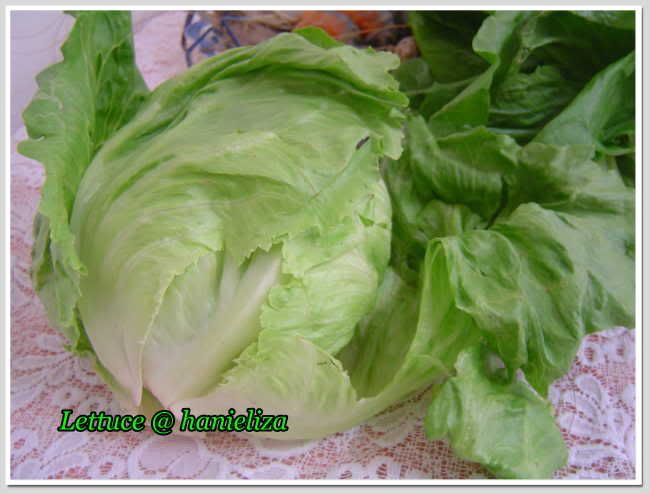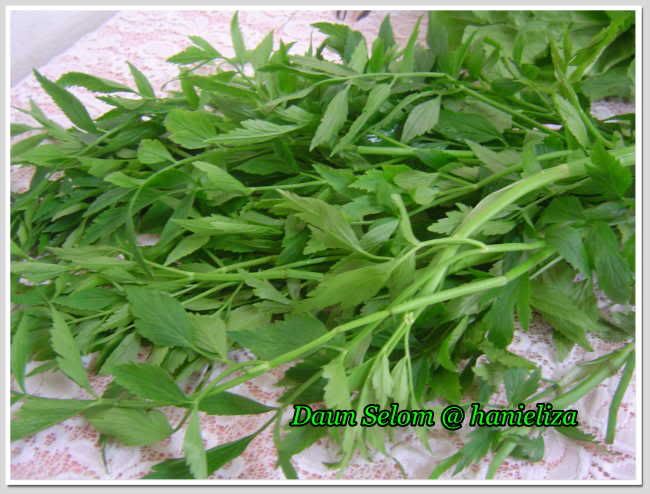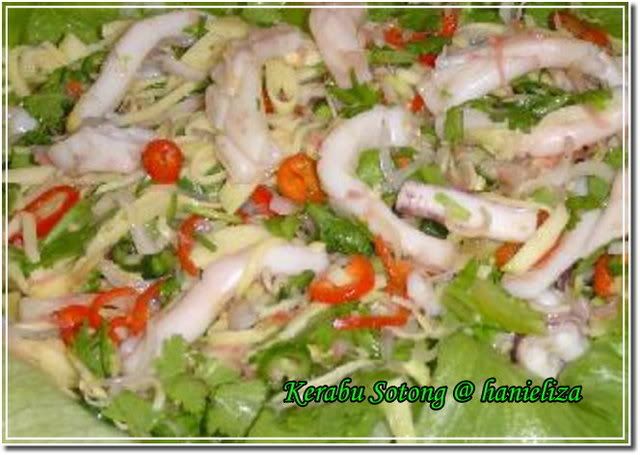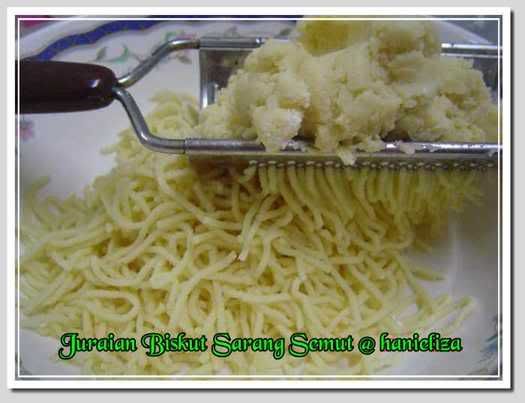 VEGETABLE GROUP
VEGETABLE GROUPThe vegetable group includes all fresh, frozen or canned vegetables and 100% vegetable juice.
Vegetables provide important nutrients such as vitamin A, vitamin C, potassium, and fiber. These are the same nutrients that are often high in fruits.
It is important to eat a variety of vegetables because different vegetables provide different nutrients.
Did you know the color of a vegetable often tells you what nutrients it provides? Try to include different colored vegetables at each meal to make sure you are getting all the nutrients you need.
Choose dark green vegetables several times per week. They provide needed nutrients like folic acid and dietary fiber.
Cooked dry beans, peas and lentils are a great source of fiber, include them into your meal planning.
Choose orange vegetables several times per week. They are a good source of vitamin A.
What counts as a ½ cup of vegetables? 1/2 cup raw or cooked vegetables
1/2 cup canned vegetables
1 cup raw leafy greens or lettuce
1/2 cup 100% vegetable juice
1 medium carrot or 6 baby carrots
1/2 cup cooked dry beans or peas
1/2 cup mashed potatoes
1/2 medium boiled or baked potato
1 small ear of corn
Vary your veggies! Select vegetables from each of the following groups several times per week.
Dark Green: Broccoli, spinach, leafy greens
Orange: Carrots, pumpkin, sweet potatoes
Dry Beans and peas: Black beans, kidney beans, pinto beans, black-eyed peas, split peas, lentils
Starchy vegetables: Corn, green peas, lima beans, potatoes
Other vegetables: Asparagus, cauliflower, cabbage, celery, cucumbers, green beans, green or red peppers, mushrooms, onions, tomatoes, zucchini
Do you remember why eating fruits and vegetables are important?
Fruits and vegetables are important sources of many nutrients including vitamin A, vitamin C, potassium, and fiber.
Fruits and vegetables, as part of an overall healthy diet, may help reduce the risk of heart disease and other chronic diseases, such as cancer and type 2 diabetes.
Vitamin APrevents night blindness
Fights infection
May reduce the risk of certain cancers and heart disease
Good sources of vitamin A: cantaloupe, mango, papaya, carrots, apricots, spinach, peaches, pumpkin, sweet potatoes and nectarines.
Vitamin C Heals cuts and keeps skin healthy
Fights infections and colds
Helps the body absorb iron from food
Because vitamin C is not stored in the body, you need to eat foods rich in vitamin C every day.
Good sources of vitamin C: oranges, grapefruit, lemons, limes, strawberries, cantaloupe, melons, peppers and 100% tomato juice.
Potassium May lower blood pressure
May reduce the risk of kidney stones
Good sources of potassium:Bananas, sweet potatoes, white potatoes, dried peaches, dried apricots, dried beans, cantaloupe, winter squash, tomato products (paste, sauce and juice) and orange juice.
Fiber helps us to …
Regulate bowel movements
Feel full
Lower blood sugar and cholesterol
May reduce the risk of getting certain types of cancer
Choose a diet of 20-30 grams of dietary fiber every day.
Eat at least 2 ½ cups of vegetables every day.
Eat at least 2 cups of fruits every day.
Eat at least 3 ounces of whole grains every day.
5 ways to add fiber to your diet
Eat berries.
Choose romaine lettuce or spinach instead of iceberg lettuce.
Eat the skins on fruits and vegetables when possible, such as apples and potatoes.
Snack on dried fruit.
Choose whole fruits and vegetables instead of drinking 100% juice.
Eat Healthy Foods and Save Money Too!
Tips to help you and your family eat more vegetables:Buy fresh vegetables that are in season. They usually cost less and taste better.
Stock up on frozen vegetables for quick and easy cooking in the microwave.
Use a microwave to quickly “zap” vegetables. White or sweet potatoes can be baked quickly this way.
Vary your veggie choices to keep meals interesting.
Try crunchy vegetables, raw or lightly steamed.
Plan some meals around a vegetable main dish, such as a vegetable stir-fry or soup. Then add other foods to go with it.
Try a main dish salad for lunch. Go light on the salad dressing.
Include a lettuce salad with your dinner several nights every week.
Shred carrots or zucchini into meatloaf, casseroles, quick breads, and muffins.
Include chopped vegetables in pasta sauce or lasagna.
Grill vegetable kabobs as part of a barbecue meal. Try tomatoes, mushrooms, green peppers, and onions.
Add lettuce, tomato, green pepper, spinach or onion to sandwiches
Eat a soup that contains vegetables
Make vegetables taste great:Many vegetables taste great with a dip or dressing.
Try a low-fat salad dressing with raw broccoli, red and green peppers, celery sticks or cauliflower.
Add color to salads by adding baby carrots, shredded red cabbage, or spinach leaves.
Include in-season vegetables for variety through the year.
Include cooked dry beans or peas in flavorful mixed dishes, such as chili or minestrone soup.
Keep a bowl of cut-up vegetables in a clear container in the refrigerator.
Try carrots, celery, broccoli, cucumber slices, small ripe tomatoes, red or green pepper strips.
Vegetable tips for children:Set a good example for children by eating vegetables with meals and as snacks.
Let children decide on the dinner vegetables or what goes into salads.
Depending on their age, children can help shop for, clean, peel, or cut up vegetables.
While shopping, allow children to pick out a new vegetable to try later at home.
Use cut-up vegetables as part of afternoon snacks.
Children often prefer foods served separately. Rather than mixed vegetables try serving two vegetables separately.
Keep it safe! Wash fruits and vegetables before preparing or eating them. Under clean, running water rub fruits or vegetables briskly with your hands to remove dirt and surface germs. Dry after washing with a clean dish towel or paper towel.
Keep fruits and vegetables separate from raw meat, poultry and seafood while shopping, preparing, or storing.
 SALADS
SALADS
WHEN MAKING A SALAD;All ingredients should be cold, crisp and fresh.
Wash lettuce leaves and all salad vegetables thoroughly under running water.
Do not store lettuce or leafy vegetables damp.
Always use a sharp knife
Combine salad ingredients lightly with two forks.
Add dressing at the last minute, to ensure that the salad does not go soggy.
 TIPS;
TIPS;Salads should always be as fresh as possible, it is essential to buy the best and freshest vegetables and fruits available.
For crisp lettuce, store in a bowl with slightly sweetened water for 1 hour.
The name 'cole' in coleslaw comes from a Dutch word meaning 'cabbage'.
If you cry everytime you chop an onion, try soaking then in water for 30 minutes.
Tips to help you and your family eat more vegetables:Buy fresh vegetables that are in season. They usually cost less and taste better.
Stock up on frozen vegetables for quick and easy cooking in the microwave.
Use a microwave to quickly “zap” vegetables. White or sweet potatoes can be baked quickly this way.
Vary your veggie choices to keep meals interesting.
Try crunchy vegetables, raw or lightly steamed.
Plan some meals around a vegetable main dish, such as a vegetable stir-fry or soup. Then add other foods to go with it.
Try a main dish salad for lunch. Go light on the salad dressing.
Include a lettuce salad with your dinner several nights every week.
Shred carrots or zucchini into meatloaf, casseroles, quick breads, and muffins.
Include chopped vegetables in pasta sauce or lasagna.
Grill vegetable kabobs as part of a barbecue meal. Try tomatoes, mushrooms, green peppers, and onions.
Add lettuce, tomato, green pepper, spinach or onion to sandwiches
Eat a soup that contains vegetables
Make vegetables taste great:Many vegetables taste great with a dip or dressing. Try a low-fat salad dressing with raw broccoli, red and green peppers, celery sticks or cauliflower.
Add color to salads by adding baby carrots, shredded red cabbage, or spinach leaves. Include in-season vegetables for variety through the year.
Include cooked dry beans or peas in flavorful mixed dishes, such as chili or minestrone soup.
Keep a bowl of cut-up vegetables in a clear container in the refrigerator. Try carrots, celery, broccoli, cucumber slices, small ripe tomatoes, red or green pepper strips.
Vegetable tips for children:Set a good example for children by eating vegetables with meals and as snacks.
Let children decide on the dinner vegetables or what goes into salads.
Depending on their age, children can help shop for, clean, peel, or cut up vegetables.
While shopping, allow children to pick out a new vegetable to try later at home.
Use cut-up vegetables as part of afternoon snacks.
Children often prefer foods served separately. Rather than mixed vegetables try serving two vegetables separately.
Keep it safe!
Wash fruits and vegetables before preparing or eating them. Under clean, running water rub fruits or vegetables briskly with your hands to remove dirt and surface germs. Dry after washing with a clean dish towel or paper towel.
Keep fruits and vegetables separate from raw meat, poultry and seafood while shopping, preparing, or storing.

















































